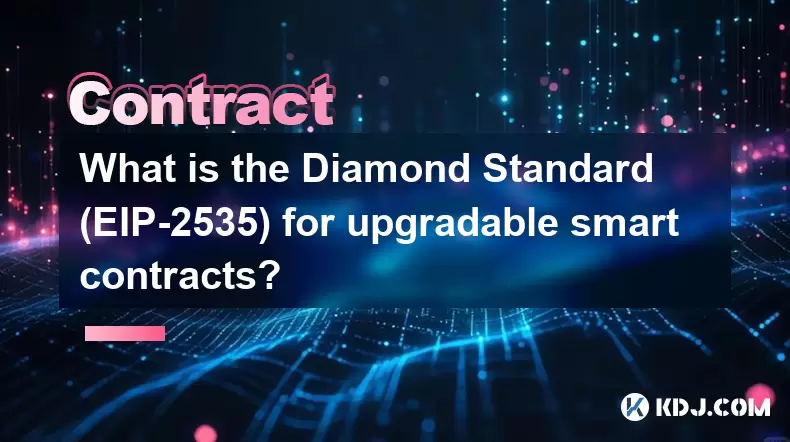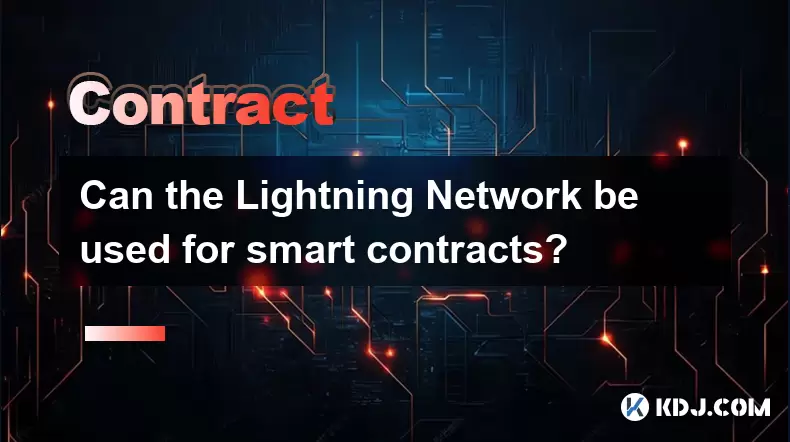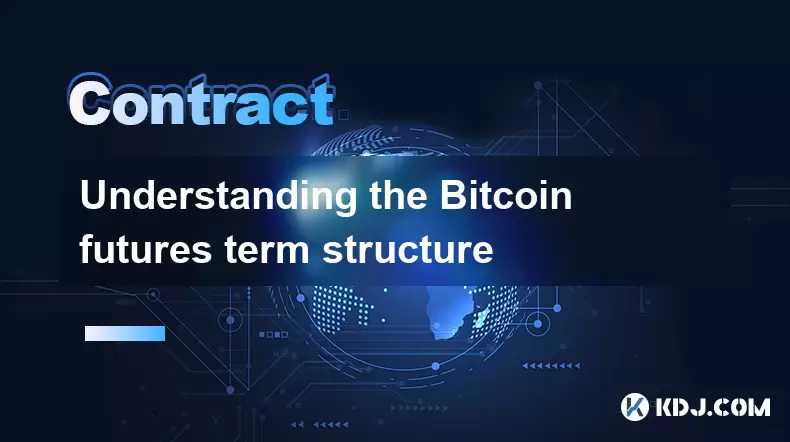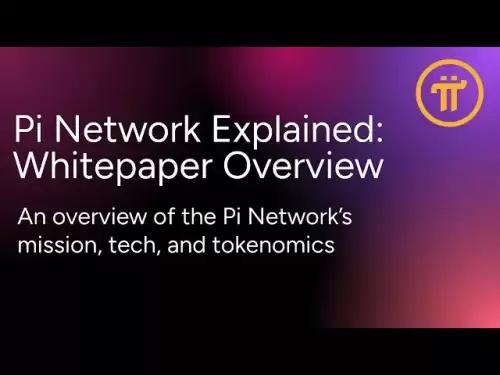-
 Bitcoin
Bitcoin $121,713.8152
3.06% -
 Ethereum
Ethereum $3,041.6437
2.42% -
 XRP
XRP $2.9499
5.12% -
 Tether USDt
Tether USDt $1.0000
-0.02% -
 BNB
BNB $704.1034
1.75% -
 Solana
Solana $166.7523
2.91% -
 USDC
USDC $0.9999
0.00% -
 Dogecoin
Dogecoin $0.2052
2.90% -
 TRON
TRON $0.3011
-0.47% -
 Cardano
Cardano $0.7461
1.42% -
 Hyperliquid
Hyperliquid $48.3650
1.12% -
 Stellar
Stellar $0.4548
3.52% -
 Sui
Sui $3.9527
14.50% -
 Chainlink
Chainlink $16.3300
5.87% -
 Bitcoin Cash
Bitcoin Cash $511.8016
1.25% -
 Hedera
Hedera $0.2395
1.40% -
 Avalanche
Avalanche $21.6526
2.06% -
 UNUS SED LEO
UNUS SED LEO $9.0073
-0.23% -
 Shiba Inu
Shiba Inu $0.0...01369
2.61% -
 Toncoin
Toncoin $3.0335
0.66% -
 Litecoin
Litecoin $96.6206
1.72% -
 Monero
Monero $355.1673
5.35% -
 Polkadot
Polkadot $4.0839
2.47% -
 Uniswap
Uniswap $9.3282
9.72% -
 Dai
Dai $0.9997
-0.01% -
 Ethena USDe
Ethena USDe $1.0004
-0.04% -
 Pepe
Pepe $0.0...01248
1.07% -
 Bitget Token
Bitget Token $4.4642
2.68% -
 Aave
Aave $325.0626
6.81% -
 Bittensor
Bittensor $418.1482
6.22%
What is the Diamond Standard (EIP-2535) for upgradable smart contracts?
EIP-2535, or the Diamond Standard, enables modular and upgradable smart contracts on Ethereum by allowing developers to add, replace, or remove functionalities through facets without redeploying the entire contract.
Jul 14, 2025 at 09:21 pm

Understanding the Diamond Standard (EIP-2535)
The Diamond Standard, formally known as EIP-2535, is a proposal within the Ethereum ecosystem that introduces a structured and modular approach to building upgradable smart contracts. Unlike traditional smart contracts, which are immutable once deployed, EIP-2535 allows developers to extend or modify contract functionality without redeploying the entire contract. This is particularly useful for large-scale decentralized applications (dApps) that require continuous development and maintenance.
The standard gets its name from the "diamond" analogy in object-oriented programming, where multiple facets (functions) can be attached to a single structure — similar to how various functions can be grouped into separate logic contracts called facets under this model.
How Does EIP-2535 Work?
At the core of the Diamond Standard is the concept of facets, which are individual smart contract modules containing specific functionalities. These facets are then registered to a central diamond contract, which acts as a proxy router directing function calls to the appropriate facet.
This architecture relies heavily on the delegatecall mechanism, allowing the diamond contract to execute external code while maintaining its own storage context. This enables upgrades and additions without changing the main contract address or losing state data.
Here’s how it operates:
- Each facet contains one or more functions.
- A DiamondCut interface is used to add, replace, or remove facets.
- The DiamondLoupe interface provides introspection capabilities, allowing anyone to query available functions and their corresponding facets.
- The Ownership module ensures only authorized entities can perform upgrades.
This modular design significantly improves flexibility and maintainability in complex dApp systems.
Key Components of the Diamond Architecture
To implement EIP-2535, several key components must be understood:
- Diamond Contract: The main contract that users interact with. It maintains the mapping between function selectors and their respective facets.
- Facet Contracts: Standalone contracts that contain specific sets of functions. They are not directly called by users but are invoked via the diamond contract using delegatecall.
- DiamondCut: A function that allows the owner to update the facet mappings. This includes adding new facets, replacing existing ones, or removing obsolete ones.
- DiamondLoupe: Provides visibility into the current facet structure. Users can query which functions are available and which facet they belong to.
- Ownership: Ensures that only the designated owner can invoke the DiamondCut function, preventing unauthorized changes to the contract structure.
Each of these elements plays a crucial role in enabling secure and flexible contract upgrades.
Implementing a Diamond Contract: Step-by-Step Guide
To create a Diamond-compliant contract, follow these steps:
- Set up the Diamond Storage: Create a struct to store the mapping between function selectors and their facet addresses. This is usually done in a library or a dedicated storage contract.
- Deploy Facet Contracts: Write and deploy each functional component as a separate contract. For example, you might have a UserManagementFacet and a TokenTransferFacet.
- Implement DiamondCut: Create a function in your main contract that accepts an array of facet cuts and updates the selector-to-facet mapping accordingly.
- Add DiamondLoupe Functions: Implement functions like facets(), facetFunctionSelectors(), and facetAddress() to enable querying of the contract structure.
- Assign Ownership: Use an Ownable pattern to restrict DiamondCut access to only the contract owner or a governance system.
- Test Upgrades: Deploy the initial diamond contract with a minimal set of facets, then use DiamondCut to dynamically add or replace functions during testing.
By following these steps, developers can build scalable and upgradeable dApps while adhering to the EIP-2535 standard.
Use Cases and Real-World Applications
The Diamond Standard is especially valuable in scenarios where long-term maintainability and extensibility are critical. Some notable use cases include:
- Decentralized Exchanges (DEXs): As features evolve, such as adding new trading pairs or integrating with other protocols, DEXs can seamlessly upgrade their backend logic without disrupting user experience.
- NFT Marketplaces: Developers can introduce new minting rules, royalty structures, or auction mechanisms through facet additions rather than full redeploys.
- Gaming Platforms: Game logic can be updated over time to fix bugs, balance gameplay, or introduce new items or characters without requiring players to migrate to a new contract.
- DAO Governance Tools: DAOs often need to adapt their governance models. Using EIP-2535, they can update voting mechanisms, treasury management functions, or proposal structures without breaking existing integrations.
These applications demonstrate how EIP-2535 enhances the lifecycle management of smart contracts in real-world environments.
Frequently Asked Questions
Q: Is the Diamond Standard compatible with all Ethereum wallets and tools?
A: Yes, because the Diamond Contract presents a unified address to the outside world, interaction with wallets, explorers, and frontends remains seamless. The internal structure is abstracted away from end-users.
Q: Can I revoke access to the DiamondCut function after deployment?
A: Absolutely. You can renounce ownership or transfer control to a multi-sig wallet or governance contract post-deployment to enhance security and decentralization.
Q: Are there any gas efficiency concerns with using EIP-2535?
A: While the Diamond Standard may slightly increase gas costs due to additional indirection, the benefits of modularity and upgradability often outweigh this drawback, especially for complex dApps.
Q: How does EIP-2535 compare to traditional proxy patterns like Transparent or UUPS?
A: Traditional proxies allow for full contract replacement, whereas EIP-2535 supports granular upgrades at the function level. This makes it more efficient and precise when updating only parts of a contract.
Disclaimer:info@kdj.com
The information provided is not trading advice. kdj.com does not assume any responsibility for any investments made based on the information provided in this article. Cryptocurrencies are highly volatile and it is highly recommended that you invest with caution after thorough research!
If you believe that the content used on this website infringes your copyright, please contact us immediately (info@kdj.com) and we will delete it promptly.
- Zebec Network: Decoding the Buzz Around ZBCN and Crypto Payments
- 2025-07-15 00:30:12
- LUNC Price Bullish Breakout Confirmed: Analyst Predicts 555% Surge!
- 2025-07-15 00:30:12
- Trump, Bitcoin, and Reserves: A New Era for Crypto?
- 2025-07-14 22:50:11
- Bitcoin's Wild Ride: All-Time Highs and Crypto Week Mania!
- 2025-07-14 23:10:12
- Bitcoin's Wild Ride: Coin Surge and Fintech Experts Weigh In
- 2025-07-14 23:10:12
- Meme Coins Primed for a Bull Run: Finding the Next Undervalued Gem
- 2025-07-14 23:50:12
Related knowledge

Psychology of trading Bitcoin contracts
Jul 13,2025 at 02:50am
Understanding the Emotional Rollercoaster of Bitcoin Futures TradingBitcoin contract trading, especially in the form of futures, introduces a high lev...

Can the Lightning Network be used for smart contracts?
Jul 14,2025 at 11:28pm
Understanding the Lightning Network's Core FunctionalityThe Lightning Network is a second-layer solution built on top of blockchain protocols like Bit...

Best time of day to trade Bitcoin contracts?
Jul 13,2025 at 05:29am
Understanding Bitcoin Contracts and Their VolatilityBitcoin contracts, particularly futures contracts, are derivative instruments that allow traders t...

How to use Fibonacci levels in Bitcoin contract trading?
Jul 13,2025 at 08:07am
Understanding Fibonacci Levels in TradingFibonacci levels are a technical analysis tool used by traders to identify potential support and resistance z...

Understanding the Bitcoin futures term structure
Jul 13,2025 at 08:28am
What is Bitcoin Futures Term Structure?The Bitcoin futures term structure refers to the relationship between the prices of Bitcoin futures contracts w...

What are the trading hours for Bitcoin futures?
Jul 13,2025 at 12:14pm
Understanding Bitcoin Futures Trading HoursBitcoin futures are derivative contracts that allow traders to speculate on the future price of Bitcoin wit...

Psychology of trading Bitcoin contracts
Jul 13,2025 at 02:50am
Understanding the Emotional Rollercoaster of Bitcoin Futures TradingBitcoin contract trading, especially in the form of futures, introduces a high lev...

Can the Lightning Network be used for smart contracts?
Jul 14,2025 at 11:28pm
Understanding the Lightning Network's Core FunctionalityThe Lightning Network is a second-layer solution built on top of blockchain protocols like Bit...

Best time of day to trade Bitcoin contracts?
Jul 13,2025 at 05:29am
Understanding Bitcoin Contracts and Their VolatilityBitcoin contracts, particularly futures contracts, are derivative instruments that allow traders t...

How to use Fibonacci levels in Bitcoin contract trading?
Jul 13,2025 at 08:07am
Understanding Fibonacci Levels in TradingFibonacci levels are a technical analysis tool used by traders to identify potential support and resistance z...

Understanding the Bitcoin futures term structure
Jul 13,2025 at 08:28am
What is Bitcoin Futures Term Structure?The Bitcoin futures term structure refers to the relationship between the prices of Bitcoin futures contracts w...

What are the trading hours for Bitcoin futures?
Jul 13,2025 at 12:14pm
Understanding Bitcoin Futures Trading HoursBitcoin futures are derivative contracts that allow traders to speculate on the future price of Bitcoin wit...
See all articles

























































































